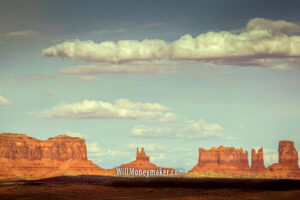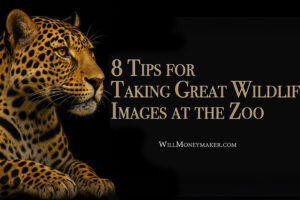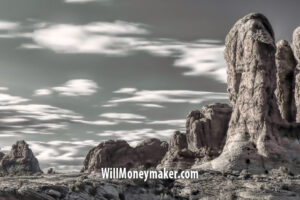Tonight, we’re diving into the magical world of night sky photography. You're in the right place if you've ever wanted to capture the stars in all their glory. Let’s get started!
First things first, let's talk gear. You’ll need a DSLR or mirrorless camera with manual settings. Pair it with a wide-angle lens, ideally with an aperture of 2.8 or wider. A sturdy tripod is essential to keep your camera steady. And don’t forget a remote shutter release to avoid any camera shake. Trust me, even the slightest movement can blur your shot, and you don’t want that.
Preparation is key. Scout a location far from city lights to avoid light pollution. Clear, dark skies are your best friend. Check the weather forecast to ensure a cloud-free night. The best time to shoot is during the new moon phase, when the sky is darkest.
Speaking of preparation, let me share a story from my recent Lost River State Park trip. I arrived just before sunset; the sky was painted orange and pink. As the sun dipped below the horizon, the temperature began to drop. I could feel the cool air on my skin, a refreshing change from the day's warmth. Watching the sunset was an experience, but the stars appeared individually as darkness fell. It was a serene and almost magical transition.
Lost River State Park is situated near the site of the 1756 Battle of Lost River, a conflict that transpired during the French and Indian War. The park is also home to the Lee Cabin, a summer retreat of Henry “Lighthorse Harry” Lee, a Revolutionary War general and the father of Civil War General Robert E. Lee.
Now, let’s get into the camera settings. Set your camera to manual mode. Open up your aperture to its widest setting—around 2.8 is perfect. For shutter speed, start with 15-30 seconds. It's too long, and you’ll get star trails instead of points of light. Set your ISO between 1600 and 3200 to capture enough light without too much noise. It’s a bit of a balancing act, but with practice, you’ll get the hang of it.
While setting up my gear at Lost River State Park, I was struck by the clarity of the stars. They were crisp and vibrant, much more so than in my previous photos. Feeling the cool breeze and hearing nature's subtle sounds made the experience even more immersive. Moments like these remind me why I love night sky photography.
Adding depth to your photos by including interesting foreground elements like trees, mountains, or buildings makes your shots more visually appealing. Use the rule of thirds to compose your shots. Place the horizon line off-center to create a balanced and engaging image. Look for natural lines in the landscape that lead the viewer’s eye towards the stars. This could be a path, a row of trees, or even the edge of a lake.
Switch your lens to manual focus. Use live view to zoom in on a bright star or distant light and adjust until it’s sharp. If your lens has an infinity focus marking, use that as a starting point, but always double-check using live view for best results. During my night at Lost River State Park, I found that focusing manually on a bright star was the best way to ensure my shots were sharp. It takes a bit of patience, but it’s worth it.
After your shoot, use editing software like Lightroom or Photoshop. Start with basic adjustments—tweak exposure and contrast, and apply noise reduction to clean up your image. Increase the clarity and sharpness to make the stars pop. Adjust the white balance to bring out the true colors of the night sky. Finally, consider cropping your image to improve the composition and remove unwanted elements.
Night sky photography is a blend of science and art. It requires patience and practice, but the results are advantageous. So, get out there, experiment with different settings, and most importantly, have fun! Don’t be discouraged if your first few shots are imperfect. With each outing, you’ll learn something new and get better at capturing the beauty of the night sky.
I hope my experiences and tips inspire you to try night sky photography yourself. Don’t forget to share your photos with me on social media.
Now, go and enjoy the beauty of God’s creation through your lens.




